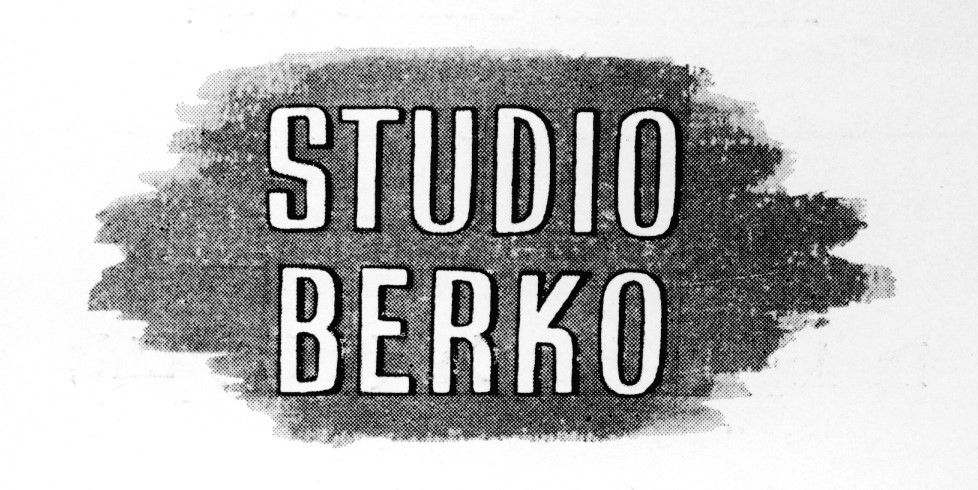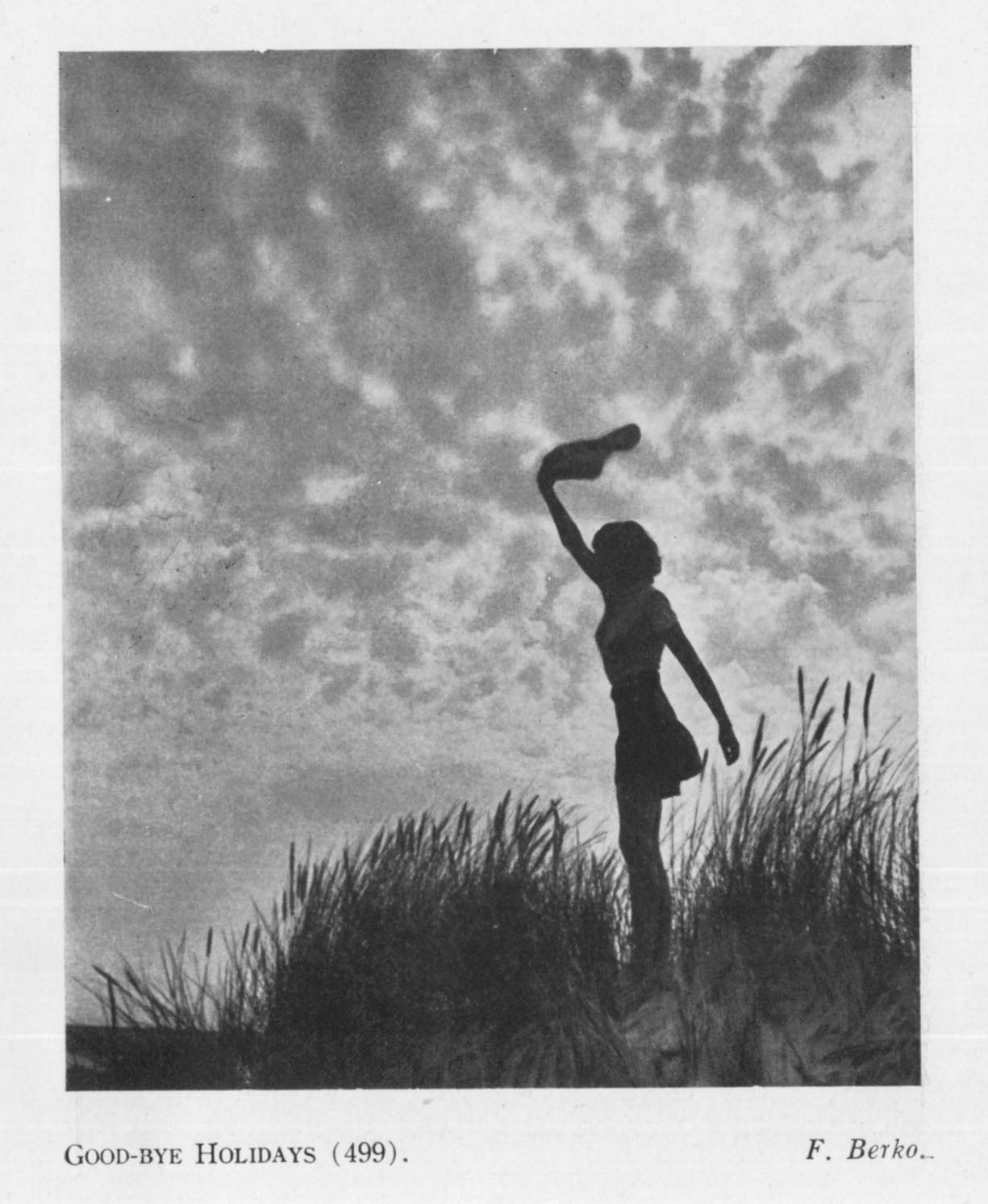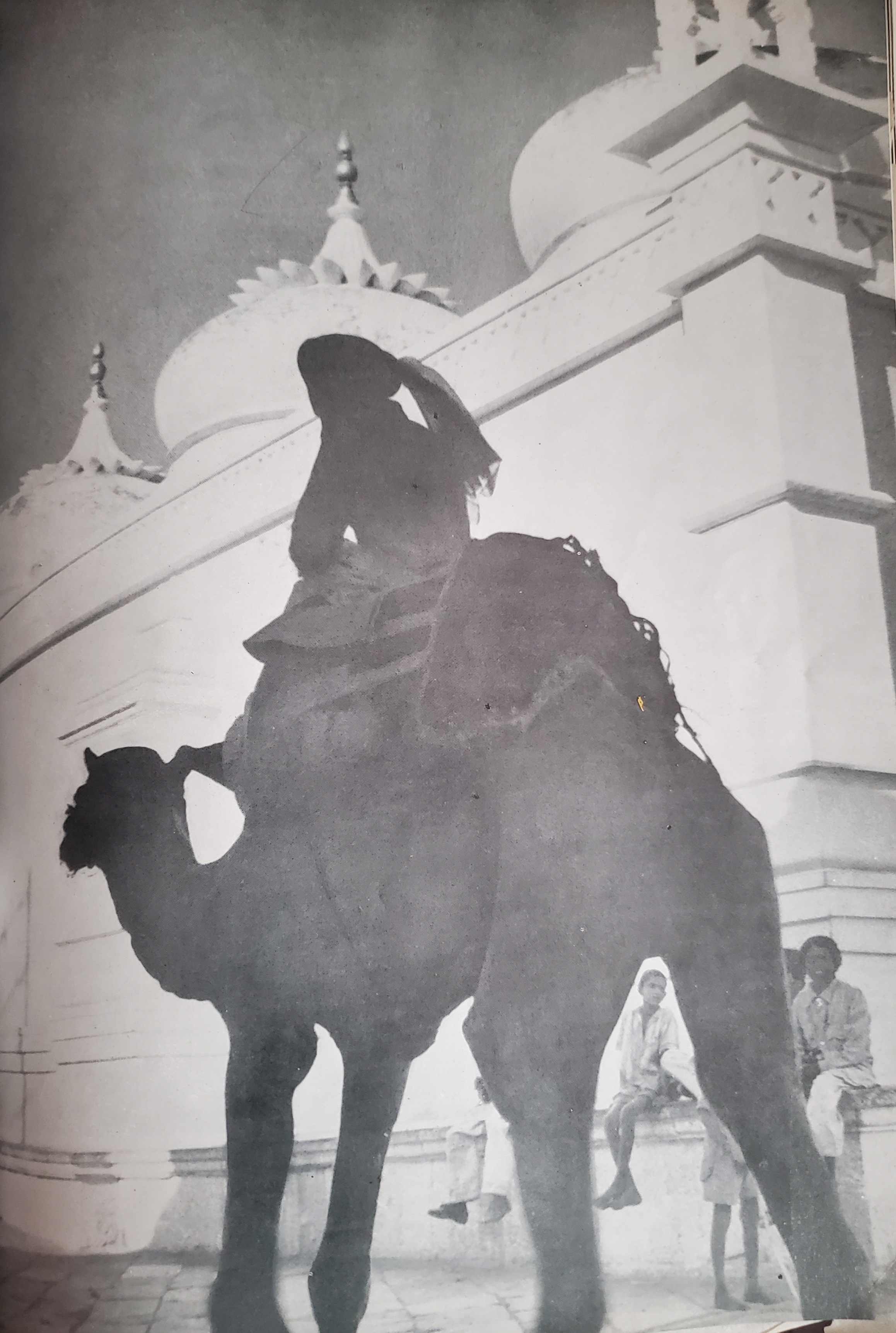Archive
Studio Berko
- Studio Berko
Berko Photography, Photo Studio Berko
- Photo Studio
Studio Berko was run from August 1939 to 1944 by the Hungarian Jewish avant-garde émigré photographer Ferenc Berko. It allowed him to make a living at a time of global political upheaval.
Word Count: 30
2 B Ballard Road, Fort, Bombay (now Laxmi Building, 6, Shoorji Vallabhdas Rd, Ballard Estate, Fort, Mumbai).

Part of advertisement in 1940 Bombay Art Society 49th Annual Exhibition catalogue referencing Berko’s exhibited photographs, detail (Bombay Art Society, 1940, n.p., Photo: Margit Franz 2015). 
Advertisement in 1940 Bombay Art Society 49th Annual Exhibition catalogue referencing Berko’s exhibited photographs (Bombay Art Society, 1940, n.p., Photo: Margit Franz 2015). 
Robin. Bombay Art Society 50th Annual Exhibition, 1941 (Bombay Art Society, 1941, 20, Photo: Margit Franz 2015; © Ferenc Berko, The Ferenc Berko Photo Archive). 
Good-Bye Holidays. Bombay Art Society 49th Annual Exhibition, 1940 (Bombay Art Society, 1940, 17; © Ferenc Berko, The Ferenc Berko Photo Archive). 
An Indian Silhouette, The Times of India Annual, 1949 (Times of India Annual, 1949, 67, Photo: Margit Franz 2015; © Ferenc Berko, The Ferenc Berko Photo Archive). Berko Mallory, Mirte. Becoming Ferenc Berko: Modernism, Jewish Identity, and Photography (senior honors thesis). Dartmouth College, 2003.
Berko Mallory, Mirte, and Diane-Elisabeth Poirier. Ferenc Berko. La Martinière, 2012.
Bombay Art Society 49th Annual Exhibition, exh. cat. Bombay Art Society, Bombay, 1940.
Bombay Art Society 50th Annual Exhibition, exh. cat. Bombay Art Society, Bombay, 1941.
Gitterman Gallery. “Ferenc Berko. Press Release.” Gitterman Gallery,
www.gittermangallery.com/exhibition/39/press_release/. Accessed 1 March 2021.Hirschmann, Cindy. “Photographic Memory. Ferenc Berko’s West End Home Remains a Vital Place to Sustain his Vision.” Aspen Home, Summer 2008, pp. 44–50, 68.
Honan, William H. “Ferenc Berko, 84, Pioneer In Use of Color Photography.” The New York Times, 26 March 2000, Section 1, p. 48, www.nytimes.com/2000/03/26/nyregion/ferenc-berko-84-pioneer-in-use-of-color-photography.html. Accessed 1 March 2021.
International Center of Photography. “Artist Ferenc Berko.” ICP, www.icp.org/browse/archive/constituents/ferenc-berko?all/all/all/all/0. Accessed 1 March 2021.
Musée de l’Elysée. “Ferenc Berko: Fascination for the Ordinary.” Musée de l’Elysée, www.elysee.ch/en/exhibitions-and-events/expositions/ferenc-berko-fascination-with-the-ordinary/. Accessed 1 March 2021.
The Ferenc Berko Photo Collection. “Photographs, India.” The Ferenc Berko Photo Collection, berkophoto.com/imageCatalogs/india/. Accessed 1 March 2021.
Word Count: 182
The Ferenc Berko Photo Collection, berkophoto.com.
National Archives of India, New Delhi, nationalarchives.nic.in.
Application from Capt F Berko For Grant of A Certificate of Naturalisation Under the British Nationality and States of Aliens Act (National Archives of India, New Delhi, 1914), Home Political/E/1946/F32–27.Word Count: 47
- 1939
- 1944
- Bombay
- Margit Franz. "Studio Berko." METROMOD Archive, 2021, https://archive.metromod.net/viewer.p/69/2951/object/5145-11946883, last modified: 14-09-2021.
-
Bombay Art SocietyAssociationBombay
One of the oldest art societies in India founded by colonial rulers, Bombay Art Society showcased art students and professional artists from all over India, including the Progressive Artists of Bombay.
Word Count: 31